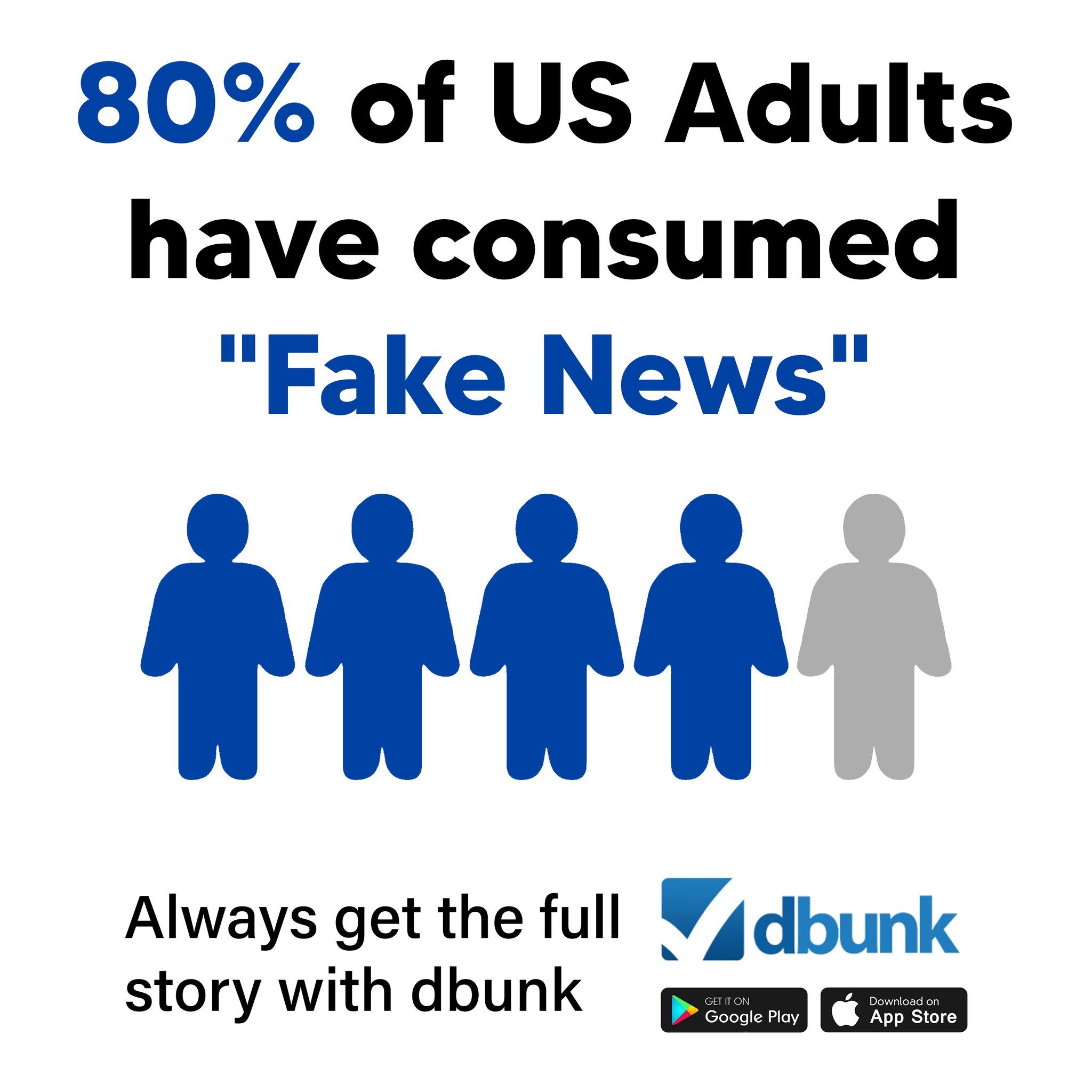
Introduction
A recent New York Times article has sparked significant public interest by reporting that Willkie Farr & Gallagher pledged $100 million in legal services to causes aligned with the Trump administration. The story raised red flags among readers concerned about potential conflicts of interest, political pressure on legal institutions, and allegations that the deal was brokered under duress. In this fact-check, we investigate key claims made in the article, verify their accuracy, and analyze whether crucial context may have been omitted.
Historical Context
Donald Trump’s presidency, both past and current, has been marked by contentious relationships with the legal community. His administration has frequently criticized law firms representing parties in litigation against him or his policies. The idea of executive orders and other governmental pressure being applied selectively to punish or reward law firms is unprecedented in modern U.S. history. This context matters when evaluating whether law firms, like Willkie Farr & Gallagher, are acting independently or under political compulsion.
Claim #1: Willkie Farr & Gallagher pledged $100 million in legal services to causes supported by the Trump administration
This claim is supported by the article’s details, which state, “Willkie Farr & Gallagher…pledged $100 million in legal services to causes that the Trump administration supports.” However, there is insufficient publicly available documentation to independently verify both the exact dollar amount and the nature of the causes being supported. As of now, no official statement or press release from the firm confirms this figure or outlines where the legal services will be directed.
According to Reuters and Bloomberg Law, while Willkie has confirmed its participation in an agreement with the administration, they have not disclosed specific service allocations or financial valuations. Therefore, this figure could be speculative or based on internal leak, not public confirmation.
Verdict: Insufficient evidence

Claim #2: Law firms are being approached by Trump allies before executive orders are issued, suggesting they sign deals “or else.”
This claim appears credible and aligns with broader reporting on the tactics employed by political leaders to pressure institutions behind the scenes. The New York Times cites that “Mr. Trump’s advisers have begun contacting firms before the president issues an executive order—sometimes through a friendly intermediary.” Specifically, it outlines interactions between Willkie’s chairman and Trump allies, including Thomas J. Barrack Jr. and Boris Epshteyn.
While internal communications are not public, multiple anonymous sources briefed on the matter corroborate this pattern. Additionally, historical precedence during the Trump administration indicates a predisposition toward informal influence tactics over formal legal channels, as outlined in previous inspector general reports and media investigations.
Verdict: True

Claim #3: Law firms that resist Trump could face executive orders that imperil their businesses
The article states, “If they resist, the firms jeopardize their bottom line, exposing themselves to executive orders that, while legally dubious, imperil their businesses.” This suggests a warning mechanism used to steer more firms into compliance. While no such executive orders have been made public specifically targeting firms for non-compliance, sources within the legal community have expressed concern over targeted regulatory hurdles or selective contract denials for firms refusing cooperation.
Legal experts from the American Bar Association and Georgetown Law argue that if executive orders were used as retribution against private legal practices, it would raise serious constitutional questions. However, no verified examples of this having been executed are currently documented after the alleged negotiations with Willkie.
Verdict: Partially true

Conclusion
The New York Times article makes several consequential claims about an alleged legal services deal between Willkie Farr & Gallagher and the Trump administration. While the overall narrative is supported by sourced interviews and observed trends in government-law firm interactions, there are elements that rely heavily on undisclosed sources and unverified internal valuations, particularly the $100 million figure. Moreover, while it does present multiple perspectives, including internal opposition from figures like Doug Emhoff and Joseph T. Baio, the article arguably lacks a counterbalance of interviewed Trump administration officials to clarify their stance publicly. This omission may signal a degree of bias or narrative framing. Still, given the corroborating details available, the reporting is significantly accurate with some areas of missing context.
Encourage Readers to Take Action
Want to verify the facts behind more headlines? Download the DBUNK app today and follow us on all major social media platforms to keep misinformation in check. You can also submit your own fact-check requests — it’s always free.

